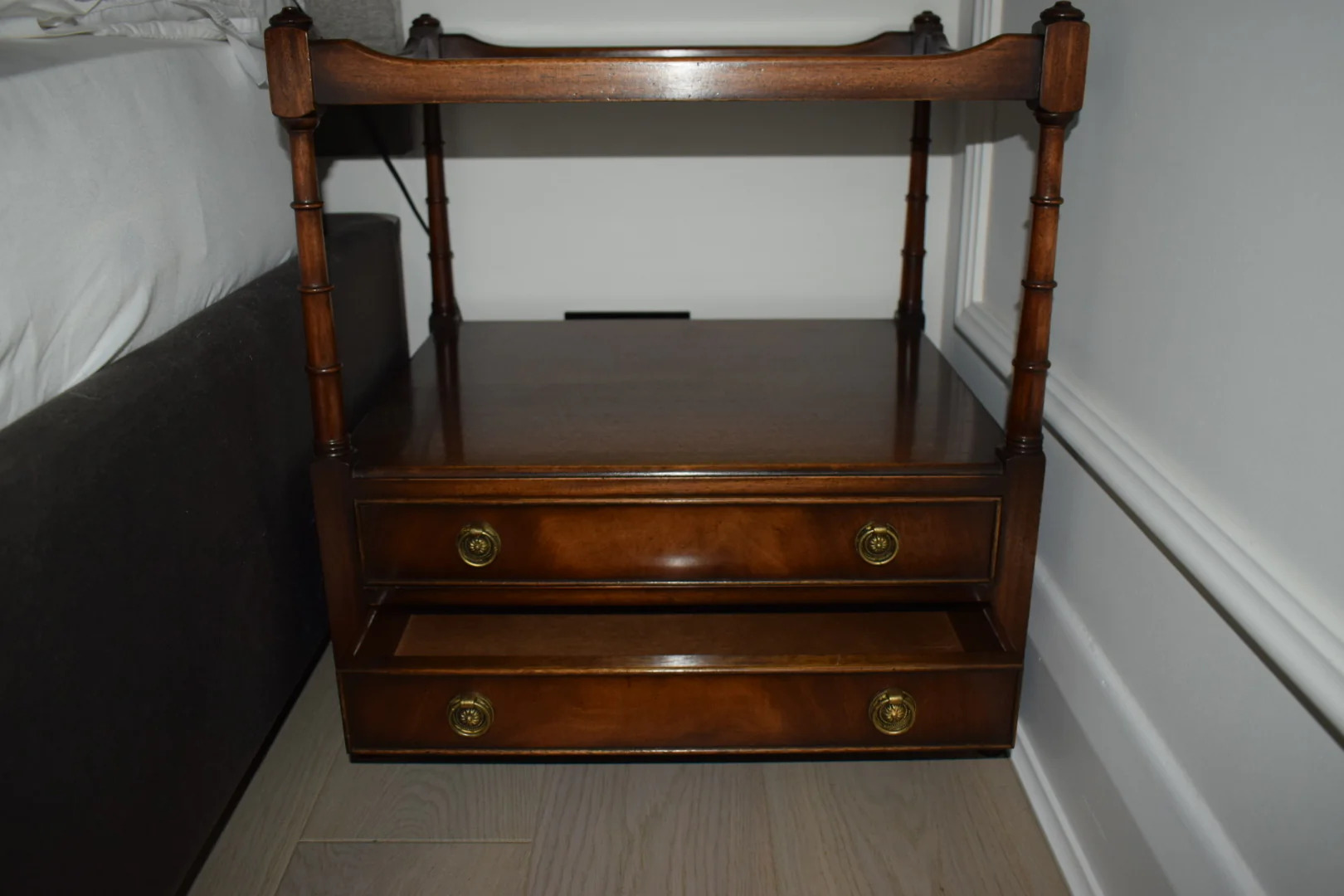

Articles
What-Not Furniture
Modified: October 20, 2024
Discover a wide range of high-quality furniture at What-Not Furniture. Find the perfect pieces to enhance your home decor and create a cozy and stylish living space.
(Many of the links in this article redirect to a specific reviewed product. Your purchase of these products through affiliate links helps to generate commission for Storables.com, at no extra cost. Learn more)
Introduction
Welcome to the fascinating world of What-Not furniture! This unique and versatile furniture style has been a beloved choice for centuries, offering both practical functionality and decorative appeal. Whether you’re a furniture enthusiast, a homeowner looking to add a touch of elegance to your space, or a designer in search of inspiration, this article will guide you through the ins and outs of What-Not furniture.
What-Not furniture refers to a specific type of shelving unit that typically consists of tiered shelves supported by open sides or a framework. These versatile pieces can be used in various rooms, from the living room to the dining area, the bedroom to the study, and even as stylish outdoor storage. While they may vary in size, shape, and materials, they all share the common trait of providing ample storage and display space.
The concept of What-Not furniture can be traced back to the early 19th century when it gained popularity during the Victorian era. The name itself, “What-Not,” stems from the idea that these pieces were designed to hold various decorative items, books, or any other objects one would want to display or keep close at hand. Over time, What-Not furniture has evolved to incorporate different design elements and materials, ensuring its continued relevance in modern interiors.
One of the key characteristics of What-Not furniture is its tiered shelving design. The number of shelves can vary, ranging from two to six or more, allowing for greater flexibility in storage and display options. The tiers are typically open, providing easy access to the items stored on them and creating a visually appealing arrangement.
What-Not furniture comes in various styles, ranging from traditional and ornate to sleek and minimalist. The design of the framework and the shape of the shelves contribute to the overall aesthetic appeal. Some What-Not pieces feature intricate carvings, decorative moldings, and fancy embellishments, while others maintain a more simplistic and understated look.
The materials used in What-Not furniture also play a significant role in its appearance and durability. Antique What-Not pieces were often crafted from high-quality solid woods, such as mahogany, oak, or walnut, showcasing their rich natural grains. Today, you can find What-Not furniture made from a range of materials, including solid wood, metal, glass, or even acrylic, providing a plethora of options to suit different tastes and interior styles.
Choosing the right What-Not furniture for your space requires careful consideration of both its design and functionality. It’s important to assess the dimensions of the area where you plan to place the piece, ensuring it fits seamlessly into the room and doesn’t overwhelm the space. Additionally, consider the style and decor of the room to choose a What-Not that complements the existing aesthetic.
Maintenance and care are also crucial in preserving the beauty and longevity of your What-Not furniture. Regular dusting and cleaning with non-abrasive materials are recommended to prevent dust buildup and maintain the luster of the material. It’s also important to avoid placing heavy or excessive items on the shelves to prevent damage.
Now that you have an understanding of What-Not furniture’s history, characteristics, and considerations for choosing and maintaining it, you’re ready to explore the world of What-Not furniture and discover the perfect piece to elevate your space. Whether you prefer a classic, vintage design or a modern, minimalist approach, What-Not furniture offers endless possibilities for adding style, organization, and charm to your home or office.
In the following sections, we will delve deeper into the history, characteristics, types, materials, and maintenance tips for What-Not furniture, providing you with a comprehensive guide to this timeless furniture style.
Key Takeaways:
- What-Not furniture, with its tiered shelving and versatile designs, offers a timeless and elegant storage solution that can complement any interior aesthetic, from traditional to contemporary, while providing ample display space for cherished items.
- When choosing What-Not furniture, consider factors such as size, style, and functionality, and carefully maintain and clean the piece to preserve its beauty and longevity. Explore various sources, from local retailers to online marketplaces, to find the perfect What-Not furniture that suits your space and budget.
Read more: What Is Buffet Furniture
Definition of What-Not Furniture
What-Not furniture refers to a type of shelving unit characterized by tiered shelves supported by open sides or a framework. It is designed to provide both storage and display space for various objects, making it a versatile and practical furniture choice. The name “What-Not” originates from the concept of these shelves being used to hold all sorts of miscellaneous items that one would want to display or have close at hand.
The key defining feature of What-Not furniture is its tiered shelving design. Typically, these units consist of two or more shelves arranged in ascending or descending order, creating a visually appealing display. The tiers can vary in size and shape, offering flexibility in storing items of different heights and dimensions.
What sets What-Not furniture apart from other shelving units is its open framework. The open sides or framework make the shelves easily accessible from all angles, allowing for effortless organization and display. This not only enhances the functionality of the piece but also adds to its aesthetic appeal.
While What-Not furniture is primarily used for storage and organization, its design and presence can also contribute to the overall style and ambiance of a space. These units come in a wide range of styles, from traditional and ornate to contemporary and sleek. The design of the framework, as well as the shape and material of the shelves, play a significant role in defining the overall look and feel of the piece.
What-Not furniture can be found in various rooms and spaces, including living rooms, dining areas, bedrooms, studies, and even outdoor settings. Its versatility allows it to serve different purposes, such as displaying books, decorative items, collectibles, or even functioning as a mini bar or storage for kitchen essentials.
In addition to its functionality and versatility, What-Not furniture also offers a sense of elegance and sophistication to any space. The tiered shelves create an aesthetic focal point and provide an opportunity to arrange and showcase items in an organized and visually pleasing manner. The design possibilities and the ability to mix and match different styles and materials make What-Not furniture a timeless choice for adding charm and character to any room.
In the next sections, we will delve into the history and origins of What-Not furniture, exploring its beginnings and evolution over time. Understanding the roots of this furniture style can provide valuable insights into its design influences and enduring popularity.
History and Origins
The history of What-Not furniture dates back to the early 19th century when it gained popularity during the Victorian era. It was during this time that the concept of using tiered shelves for storage and display purposes took off. The name “What-Not” itself emerged as a whimsical term to describe these versatile pieces of furniture.
What-Not furniture originated in England and quickly spread to other parts of Europe and the United States. The Victorian era was a period of opulence and decorative excess, and What-Not furniture became a popular choice among the middle and upper classes. Its tiered design allowed for the display of a variety of objects, such as books, china, photographs, and other decorative items.
While the exact origins of the What-Not design are unclear, it is believed to have been influenced by earlier furniture styles like étagères and bookstands. Étagères were popular in the 18th century and featured open shelves supported by a framework, often with decorative elements. These shelving units served a similar purpose to What-Not furniture, providing display and storage space for decorative objects.
As the Industrial Revolution progressed, advances in furniture manufacturing techniques and the availability of new materials allowed for the mass production of What-Not furniture. This led to increased accessibility and affordability, making it a common feature in many households.
During the late 19th and early 20th centuries, What-Not furniture continued to evolve in style and design. The Arts and Crafts movement, which emphasized handcrafted, natural materials, influenced the production of What-Not pieces, resulting in more simplistic and artisanal designs.
In the 20th century, modern and minimalist designs gained popularity, and What-Not furniture adapted to these changing trends. While traditional, ornate styles remained popular, sleeker and more streamlined versions emerged, featuring clean lines and minimal ornamentation.
Today, What-Not furniture continues to be appreciated for its timeless appeal and versatility. It is often sought after by collectors and antique enthusiasts, while modern interpretations of What-Not designs are readily available in furniture stores and online marketplaces.
By understanding the history and origins of What-Not furniture, we gain a greater appreciation for its enduring charm and design influences. In the following sections, we will explore the characteristics, features, and different types of What-Not furniture, providing you with a comprehensive understanding of this unique and beloved furniture style.
Characteristics and Features
What-Not furniture is characterized by its tiered shelving design, providing both functionality and aesthetic appeal. Here are some key characteristics and features that distinguish What-Not furniture:
- Tiered Shelving: The tiered design of What-Not furniture is what sets it apart. These units typically consist of two or more shelves arranged in ascending or descending order, creating a visually appealing display. The number of tiers can vary, offering flexibility in storing and showcasing items of different heights.
- Open Sides or Framework: What-Not furniture features open sides or a framework that supports the shelves. This design allows for easy access to the items stored on the shelves from all angles and creates a light and airy look. The open framework also adds to the visual appeal of the piece.
- Storage and Display Space: What-Not furniture provides ample storage and display space for various objects. The tiered shelves offer room for books, decorative items, collectibles, and other objects you wish to showcase or keep close at hand. The open design allows for easy organization and accessibility.
- Design Variation: What-Not furniture comes in a wide range of styles and designs to suit different tastes and interior aesthetics. From traditional and ornate designs with intricate carvings and decorative embellishments to modern and minimalist styles with clean lines and sleek finishes, there is a What-Not piece for every preference.
- Materials: What-Not furniture can be crafted from various materials, including solid wood, metal, glass, or acrylic. Antique What-Not pieces were often made from high-quality solid woods like mahogany, oak, or walnut, showcasing the natural beauty of the grain. The choice of materials can influence the overall look and durability of the piece.
- Versatility: What-Not furniture is highly versatile and can be used in different rooms and spaces. Whether in the living room, dining area, bedroom, study, or even outdoor settings, What-Not furniture adds both style and functionality. It can serve as a bookcase, display stand, storage for kitchen essentials, mini bar, or a decorative focal point in any space.
- Aesthetics: What-Not furniture adds a sense of elegance and sophistication to any room. The tiered shelves create a visually appealing arrangement and allow you to create a curated display of your favorite items. The design possibilities are endless, enabling you to add charm and character to your space.
The characteristics and features of What-Not furniture make it a versatile and practical choice for those looking to enhance both their storage capabilities and interior aesthetics. In the next sections, we will explore the different types of What-Not furniture, popular designs and styles, as well as the materials commonly used in their construction.
Types of What-Not Furniture
What-Not furniture comes in various types and designs, each offering its own unique style and functionality. Here are some of the most common types of What-Not furniture:
- Traditional What-Not: This type of What-Not furniture features a classic design with ornate details and decorative embellishments. It often incorporates intricate carvings, moldings, and decorative motifs, adding a touch of elegance and sophistication to the space. Traditional What-Not pieces are typically made from solid wood and can be found in various sizes and shapes to suit different room dimensions.
- Contemporary What-Not: A modern twist on the traditional design, contemporary What-Not furniture features clean lines, sleek finishes, and minimalist aesthetics. It embraces simplicity and functionality, often opting for materials like metal and glass for a sleek and streamlined look. Contemporary What-Not pieces are versatile and can fit well in both traditional and modern interiors.
- Corner What-Not: Corner What-Not furniture is specifically designed to maximize space utilization in the corners of a room. It fits snugly into a corner, providing shelving and storage without occupying valuable wall space. Corner What-Not pieces come in various shapes and sizes, allowing them to seamlessly blend into the room’s layout and provide a stylish solution for displaying and organizing objects in the corner of a room.
- Modular What-Not: Modular What-Not furniture offers versatility and flexibility in design and arrangement. This type of What-Not is composed of individual modular units that can be stacked, combined, or rearranged according to your specific needs and preferences. Modular What-Not pieces are excellent for those who seek customizable storage options and the ability to create unique configurations that suit their evolving needs or space constraints.
- Folding What-Not: Folding What-Not furniture is designed to be compact and space-saving. It features collapsible shelves or sections that can be easily folded and stored when not in use. Folding What-Not pieces are ideal for small apartments, limited spaces, or for those who prefer furniture that can be easily transported and stored. They offer convenience without compromising on style and functionality.
These are just a few examples of the types of What-Not furniture available. There are countless other variations and designs to explore, each offering its own unique features and charm.
When choosing the right type of What-Not furniture for your space, consider the overall style and decor of the room, as well as your specific storage and display needs. Whether you prefer a traditional, contemporary, corner, modular, or folding design, What-Not furniture provides a stylish solution for organizing and showcasing your belongings.
In the next section, we will delve into popular designs and styles of What-Not furniture, offering inspiration for adding a touch of elegance to your living space.
Read more: What Is Rubberwood Furniture
Popular Designs and Styles
What-Not furniture comes in a wide range of designs and styles that can complement various interior aesthetics. Whether you prefer a classic, vintage look or a more contemporary and minimalist approach, there are popular designs and styles of What-Not furniture to suit your taste. Here are a few examples:
- Victorian Style: Victorian-style What-Not furniture is known for its ornate detailing, intricate carvings, and lavish embellishments. These pieces often feature decorative moldings, scrollwork, and motifs inspired by nature. Victorian-style What-Not furniture is typically made from rich, dark wood like mahogany or walnut, adding a touch of opulence and elegance to any space.
- Mission Style: Mission-style What-Not furniture is influenced by the Arts and Crafts movement of the late 19th and early 20th centuries. This style emphasizes simplicity, clean lines, and craftsmanship. Mission-style What-Not furniture is often made from solid wood and showcases natural grains and simplistic designs. It fits well in both traditional and modern interiors, adding a rustic yet timeless charm.
- Mid-Century Modern Style: Mid-century modern What-Not furniture emerged during the mid-20th century and is characterized by its sleek lines, minimal ornamentation, and innovative use of materials. These pieces often feature a combination of wood and other materials like metal or glass. Mid-century modern What-Not furniture adds a touch of retro flair to a space and can be a focal point in a room with its bold and iconic designs.
- Industrial Style: Industrial-style What-Not furniture is inspired by the aesthetics of old factories and warehouses. It showcases raw and rugged materials such as metal and distressed wood. Industrial-style What-Not pieces often have utilitarian designs, featuring open shelves and sturdy frameworks. This style brings a sense of edginess and urban charm to any space, making it popular in modern and contemporary interiors.
- Bohemian Style: Bohemian-style What-Not furniture captures a free-spirited and eclectic vibe. It features a mix of materials, colors, and patterns. Bohemian-style What-Not pieces often incorporate natural elements, such as rattan or woven details, along with vibrant colors and unique embellishments. Adding a bohemian-style What-Not to a space can create a relaxed and visually captivating atmosphere.
These are just a few popular designs and styles of What-Not furniture. It’s important to consider your personal preferences and the overall aesthetic of your space when selecting a design. Whether you prefer a vintage, rustic, modern, or eclectic look, What-Not furniture offers endless possibilities for adding character and style to your home or office.
Now that we’ve explored popular designs and styles, let’s move on to the next section where we will discuss the materials commonly used in the construction of What-Not furniture.
When shopping for What-Not furniture, look for pieces with sturdy construction and versatile design to ensure they can be used in various rooms and spaces.
Materials Used in What-Not Furniture
What-Not furniture can be crafted from various materials, each contributing to its overall look, durability, and style. The choice of materials plays a significant role in defining the character and appeal of What-Not furniture. Here are some commonly used materials:
- Solid Wood: Solid wood has long been a popular choice for What-Not furniture. Woods like mahogany, oak, walnut, and cherry are commonly used due to their strength, durability, and natural beauty. Solid wood What-Not furniture offers a timeless and classic aesthetic, showcasing the unique grain patterns and warm tones of the wood.
- Metal: Metal is another material frequently used in the construction of What-Not furniture. Materials such as wrought iron, brass, stainless steel, or aluminum can provide a sleek and contemporary look. Metal elements can be incorporated into the framework or as accents, adding a touch of industrial or modern appeal to the piece.
- Glass: Glass shelves or glass accents are often used in What-Not furniture to create a sophisticated and elegant look. Transparent or frosted glass shelves can add a sense of lightness and openness to the piece. Glass shelves provide a modern and minimalist appearance while showcasing the items displayed on them.
- Acrylic: Acrylic is a lightweight and versatile material that is sometimes used to create a sleek and contemporary look in What-Not furniture. Acrylic shelves or accents can give a sense of transparency and modernity to the piece. It is an excellent choice for those who prefer a minimalist and clean aesthetic.
- Combination of Materials: What-Not furniture may also feature a combination of materials to create a unique and eclectic style. For example, a What-Not piece may have a wood frame with metal or glass shelves, offering a blend of different textures and finishes.
The choice of materials for What-Not furniture depends on factors such as personal preference, desired style, and budget. Each material has its own characteristics and benefits. Solid wood provides a classic and timeless appeal, metal adds a modern and industrial touch, glass brings elegance and transparency, and acrylic offers a contemporary and minimalist look.
When selecting What-Not furniture, consider the overall aesthetic of your space and how the materials will complement other elements in the room. It’s important to choose materials that not only align with your design preferences but also suit your lifestyle and maintenance requirements.
In the next section, we will guide you on how to choose the right What-Not furniture for your space, taking into consideration factors such as size, style, and functionality.
How to Choose the Right What-Not Furniture for Your Space
Choosing the right What-Not furniture for your space requires careful consideration of several factors, including size, style, and functionality. Here are some guidelines to help you select the perfect What-Not piece:
- Measure your space: Before purchasing a What-Not, measure the area where you plan to place it. Consider the height, width, and depth of the space to ensure the What-Not fits seamlessly into the room without overwhelming the area.
- Determine the purpose: Decide how you plan to use the What-Not furniture. Will it primarily serve as a display unit for decorative items, a bookcase, or a combination of both? This will help you determine the number of shelves and the spacing required to accommodate your storage and display needs.
- Consider your style and existing decor: Take into account the overall style and theme of your space. Whether your decor is traditional, modern, contemporary, or eclectic, select a What-Not piece that complements the existing design. Consider the materials, colors, and finishes that will harmonize with your decor and create a cohesive look.
- Assess the storage capacity: Evaluate the storage capabilities of the What-Not furniture. Determine the size and depth of the shelves to ensure they can accommodate the items you plan to display or store. Consider adjustable shelves for added versatility in organizing and fitting different-sized objects.
- Match the scale: Pay attention to the scale and proportion of the What-Not in relation to the surrounding furniture and the room. The size of the What-Not should be suitable for the space and should not dwarf or overpower other furniture pieces nearby.
- Consider the material and construction: Evaluate the quality and durability of the What-Not furniture. Solid wood constructions tend to be sturdier and more long-lasting. Consider the materials used in the shelves and framework, ensuring they are well-made and can support the weight of your desired items.
- Think about mobility: If you anticipate moving or rearranging your furniture frequently, consider a What-Not piece that is lightweight or equipped with casters for easier mobility.
- Personalize with details: Look for What-Not furniture with details and features that resonate with your personal style. Whether it’s intricate carvings, decorative moldings, or unique hardware, these details can add a touch of character and individuality to the piece.
By taking these factors into consideration, you can ensure that the What-Not furniture you choose not only meets your functional needs but also enhances the overall aesthetics of your space. Remember, What-Not furniture is not just a practical storage solution but also a design element that can make a statement in your home.
In the next section, we will provide maintenance and care tips to help you keep your What-Not furniture looking its best for years to come.
Maintenance and Care Tips for What-Not Furniture
Proper maintenance and care are essential for preserving the beauty and longevity of your What-Not furniture. With a little attention and regular upkeep, you can ensure that your piece remains in excellent condition. Here are some maintenance and care tips to keep in mind:
- Dust regularly: Dusting your What-Not furniture frequently helps to prevent the buildup of dust and dirt on the shelves and framework. Use a soft, lint-free cloth or a duster to gently remove any dust particles. Avoid using abrasive materials or harsh chemicals, as they can damage the surfaces.
- Clean with care: When cleaning your What-Not furniture, use a mild cleaning solution specifically formulated for the type of material you’re working with. For solid wood, use a gentle wood cleaner or a mixture of warm water and mild dish soap. For glass or metal components, use a glass cleaner or a mixture of water and vinegar. Apply the cleaning solution sparingly and wipe clean with a soft cloth.
- Avoid direct sunlight: Direct sunlight can cause fading and discoloration of your What-Not furniture. If possible, position your piece away from windows or use curtains or blinds to filter out excessive sunlight. This precaution will help preserve the original color and finish of the furniture.
- Avoid excessive weight: While What-Not furniture is designed to hold a considerable amount of weight, it’s important to avoid placing heavy or excessive items on the shelves. Overloading the shelves can strain the framework and potentially cause damage. Distribute the weight evenly and use caution when arranging items.
- Use coasters and placemats: If you plan to use your What-Not furniture as a surface for displaying drinkware or vases, always use coasters or placemats to protect the shelves from moisture or scratches. This precaution will help preserve the surface and prevent damage.
- Avoid extreme temperatures and humidity: It’s best to keep your What-Not furniture in a room with stable temperature and humidity levels. Extreme temperature changes or high humidity can cause wood to warp or metal to corrode. Avoid placing your furniture near heat sources or in areas prone to dampness.
- Regularly check structural integrity: Periodically inspect your What-Not furniture for any signs of loose screws, wobbly shelves, or other structural issues. Tighten any loose screws or hardware promptly and address any structural concerns to prevent further damage or accidents.
- Consider professional maintenance: If your What-Not furniture has intricate details or requires specialized care, consider seeking professional assistance for maintenance and repairs. Professionals can provide expert advice and services to keep your furniture in optimal condition.
By following these maintenance and care tips, you can enjoy your What-Not furniture for years to come and maintain its beauty and functionality. Regular cleaning, proper handling, and vigilant maintenance will ensure that your piece remains a cherished part of your home for generations.
In the next section, we will guide you on where to buy What-Not furniture, providing you with options to explore and discover the perfect piece for your space.
Read more: What Is A Sideboard Furniture
Where to Buy What-Not Furniture
If you’re in search of the perfect What-Not furniture to add style and functionality to your space, there are several places where you can find a wide selection of options. Here are some popular sources to consider:
- Furniture Retailers: Visit local furniture retailers and home decor stores in your area. These establishments often carry a range of What-Not furniture styles, making it easy to see and feel the pieces in person. Take the time to explore different stores to find options that align with your preferences.
- Antique Shops and Flea Markets: If you’re drawn to the charm and character of vintage or antique What-Not furniture, antique shops and flea markets are excellent places to search. These venues offer a unique assortment of pre-loved pieces that can add a touch of history and nostalgia to your space.
- Online Marketplaces: Online marketplaces, such as Amazon, eBay, and Etsy, provide a convenient platform to browse and purchase What-Not furniture from the comfort of your own home. These platforms offer a vast selection of styles, materials, and price ranges, allowing you to compare options and find the perfect piece that suits your taste and budget.
- Online Furniture Retailers: Many online furniture retailers specialize in a wide range of furniture styles, including What-Not furniture. These platforms offer curated collections, detailed product descriptions, and customer reviews, making it easier to find exactly what you’re looking for. Popular online furniture retailers include Wayfair, Overstock, and Ashley Furniture.
- Local Craftspeople and Artisans: Consider supporting local craftspeople and artisans who specialize in creating custom or handmade What-Not furniture. These talented individuals can bring your design vision to life and create a truly unique piece that reflects your personal style.
- Secondhand Stores and Online Platforms: Don’t overlook the potential treasures waiting to be discovered at secondhand stores, consignment shops, or online platforms like Craigslist and Facebook Marketplace. These outlets often have a rotating inventory of used furniture, and you might stumble upon a one-of-a-kind What-Not piece at a more affordable price.
When purchasing What-Not furniture, take into consideration factors such as shipping costs, return policies, and customer reviews. It’s also advisable to carefully inspect the piece before making a final decision, especially when buying vintage or secondhand furniture.
By exploring these different sources, you can find a variety of What-Not furniture options that suit your style preferences and budget. Remember to take measurements, consider your specific needs and personal taste when making a purchase, ensuring that the chosen piece fits seamlessly into your space.
In the final section, we will conclude our exploration of What-Not furniture and summarize the key points covered in this article.
Conclusion
What-Not furniture offers both practical functionality and decorative appeal, making it a beloved and versatile choice for enhancing any space. Throughout this article, we have explored the definition, history, characteristics, types, popular designs, materials, and tips for choosing and maintaining What-Not furniture.
What-Not furniture originated in the 19th century, gaining popularity during the Victorian era as a stylish storage and display solution. It is characterized by tiered shelves supported by open sides or a framework, allowing for easy access and visually appealing arrangements of objects.
There are various types of What-Not furniture to suit different needs and preferences. Traditional designs feature ornate detailing, while contemporary styles embrace simplicity. Corner What-Not pieces optimize space utilization, modular options offer customization, and folding versions are compact and portable.
Materials used in What-Not furniture range from solid wood, metal, glass, to acrylic. Each material contributes to the overall look, durability, and style, allowing for a diverse range of choices that can fit with various interior aesthetics.
When selecting What-Not furniture, factors such as size, style, and functionality should be considered. Measure your space, assess storage needs, and ensure the design complements your existing decor. Carefully maintain and clean your What-Not furniture to keep it in excellent condition, using appropriate cleaning methods and avoiding excessive weight or exposure to direct sunlight.
Where to buy What-Not furniture is another crucial consideration. Local furniture retailers, antique shops, online marketplaces, and artisans all offer a wide variety of options to suit different preferences and budgets.
In conclusion, What-Not furniture is a timeless and versatile choice for adding charm, organization, and character to any space. Whether you prefer a traditional, contemporary, or eclectic style, What-Not furniture offers endless possibilities for showcasing your favorite items and elevating your interior design. With the right choice and proper care, your What-Not furniture will be a treasured piece in your home or office for years to come.
Frequently Asked Questions about What-Not Furniture
Was this page helpful?
At Storables.com, we guarantee accurate and reliable information. Our content, validated by Expert Board Contributors, is crafted following stringent Editorial Policies. We're committed to providing you with well-researched, expert-backed insights for all your informational needs.
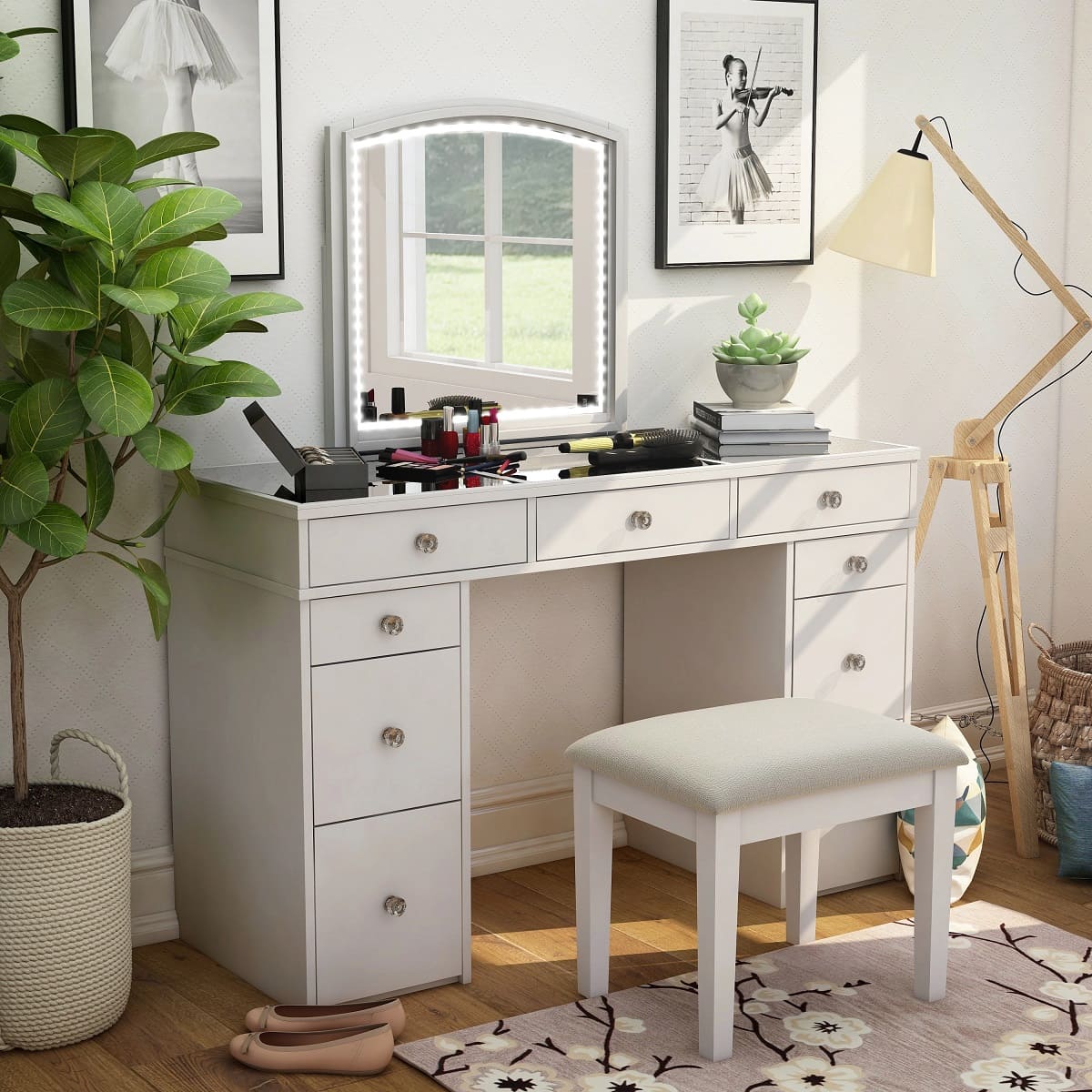
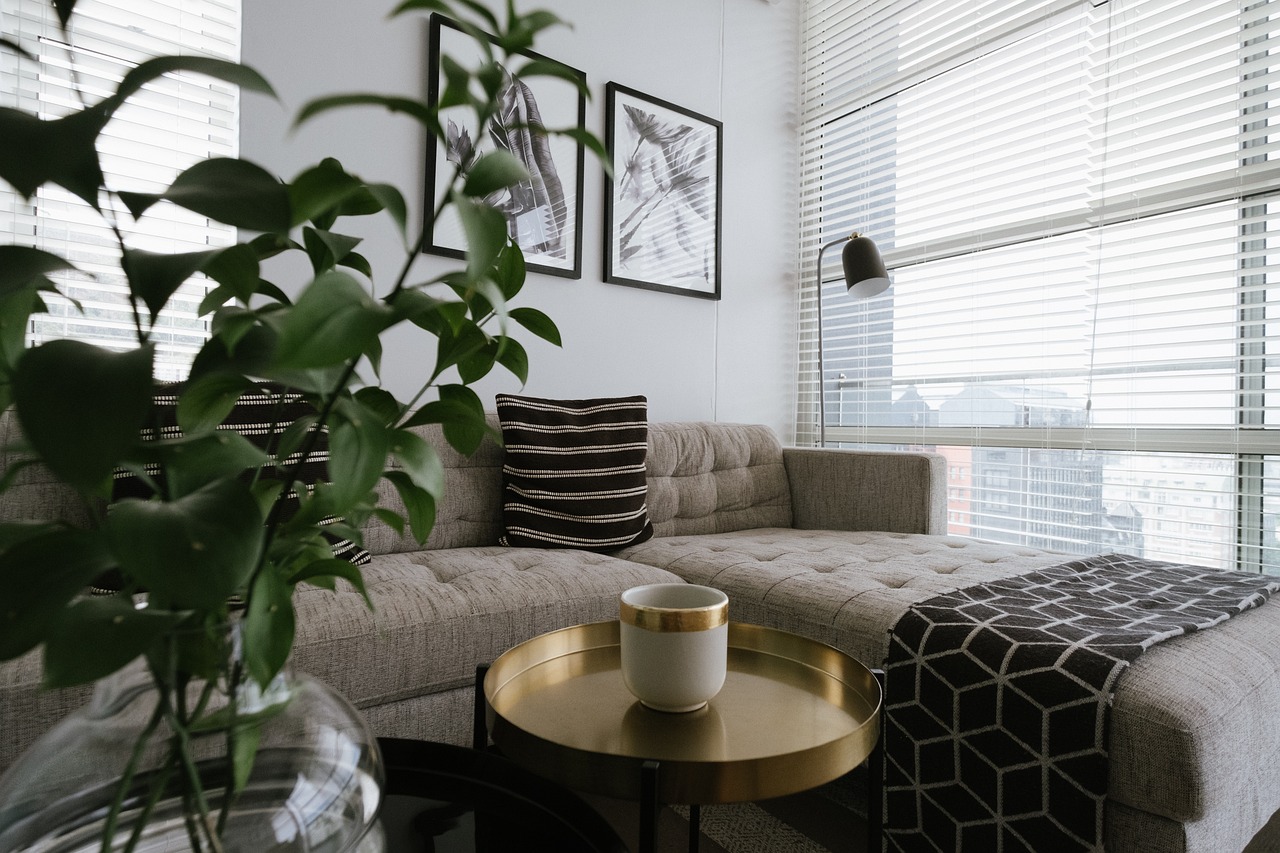

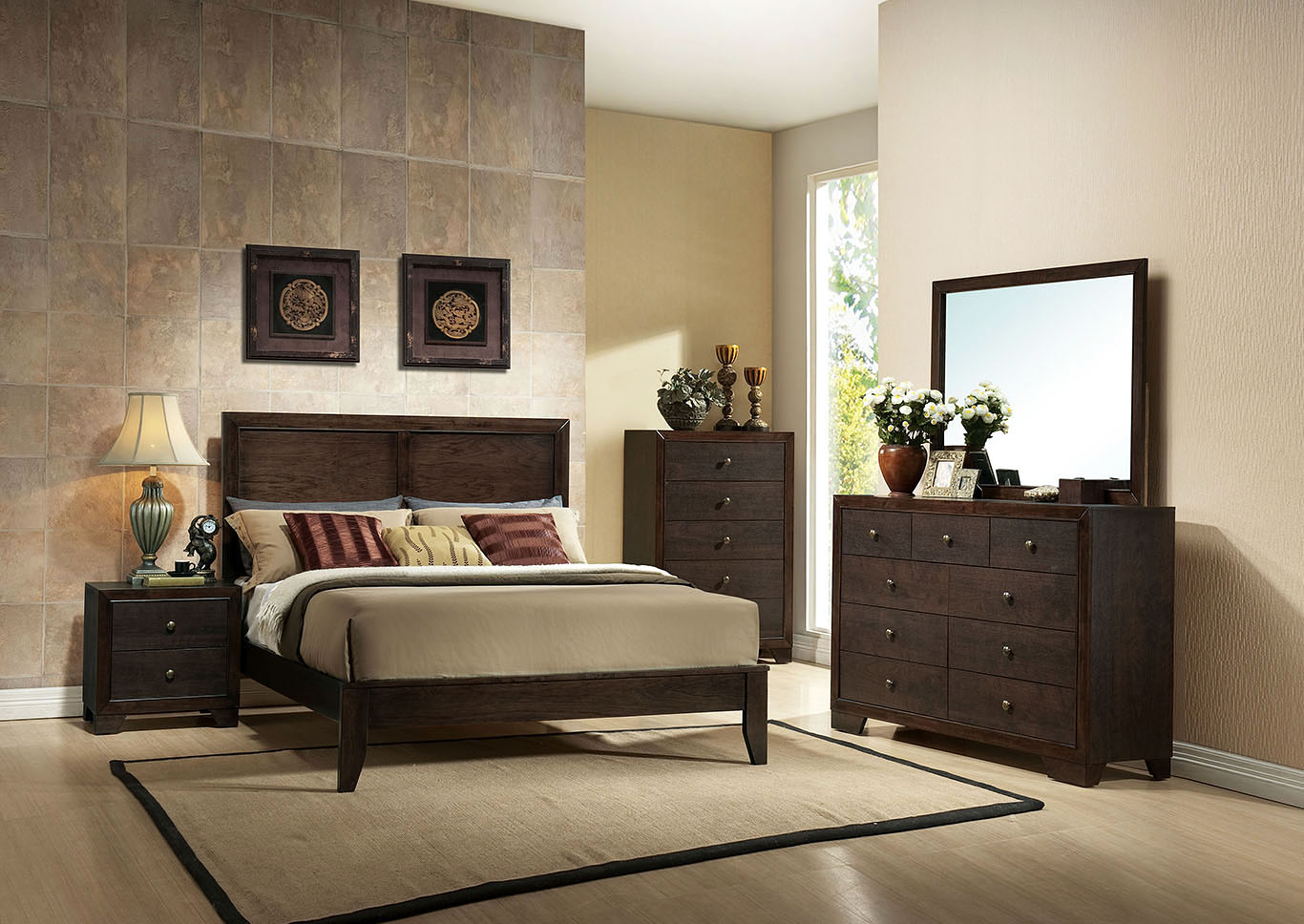


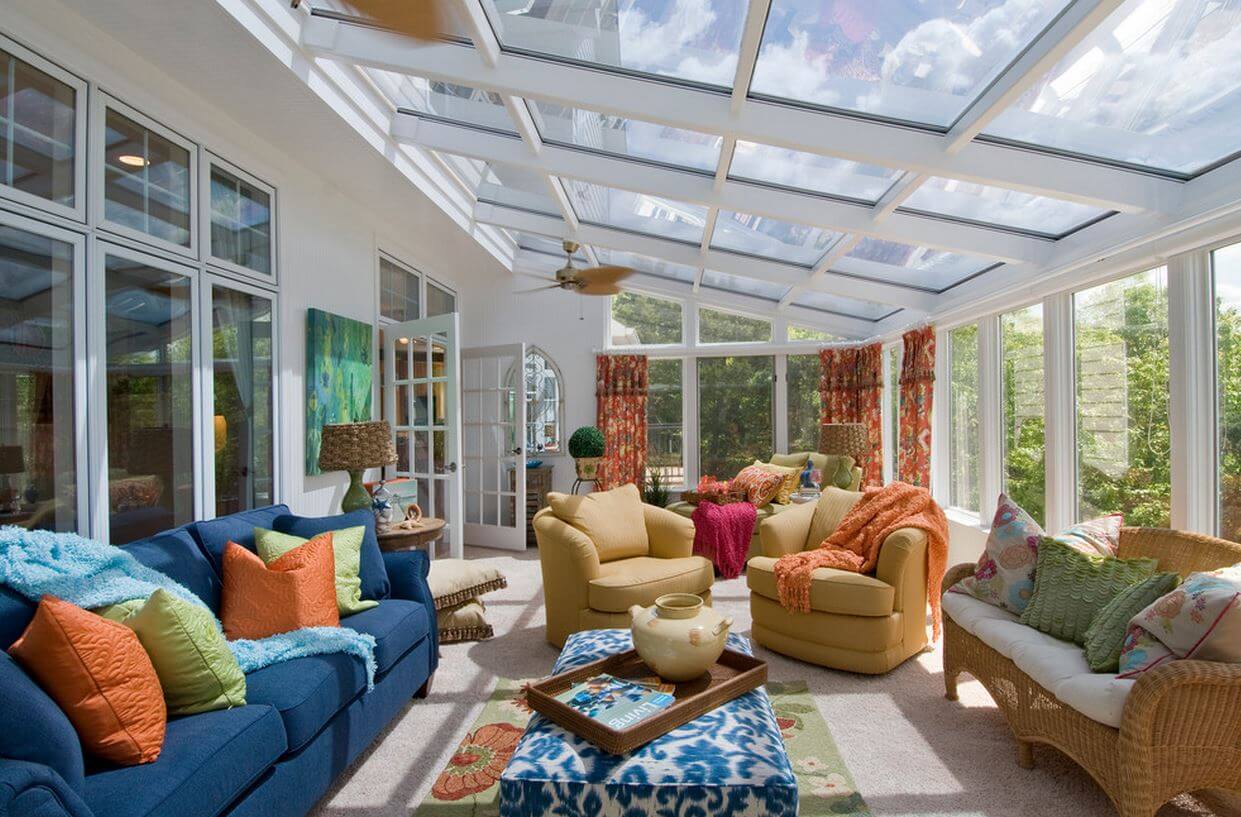

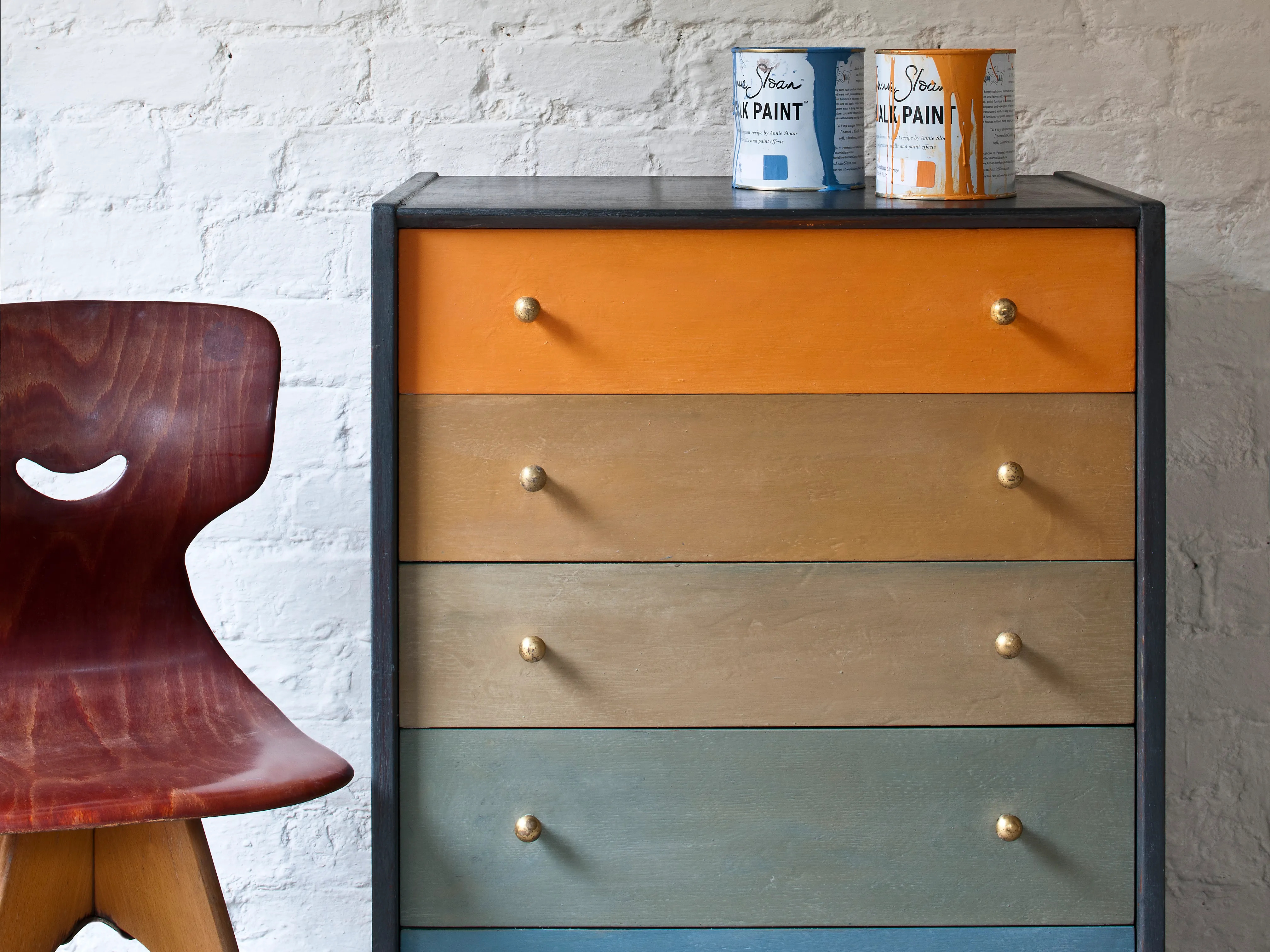
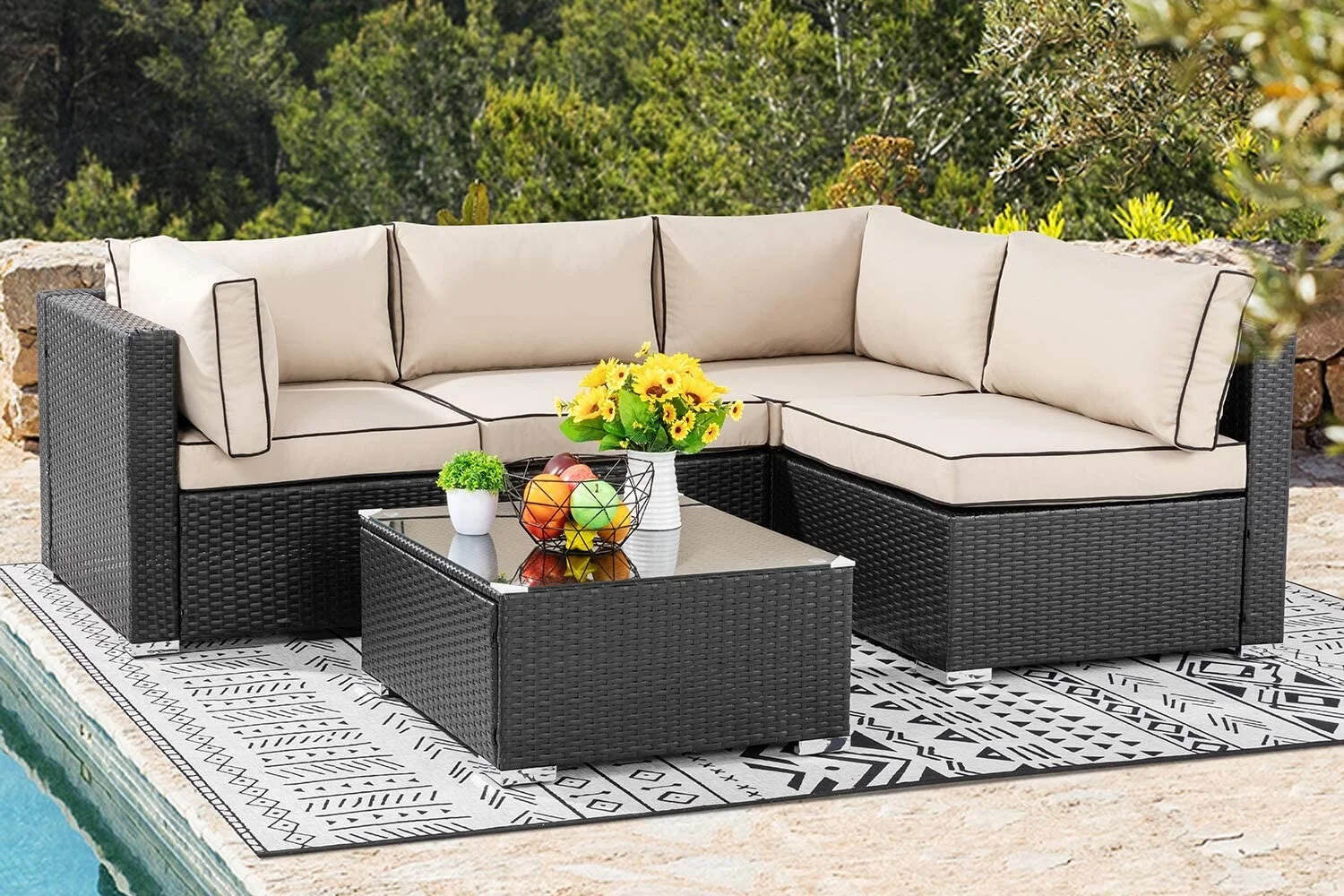
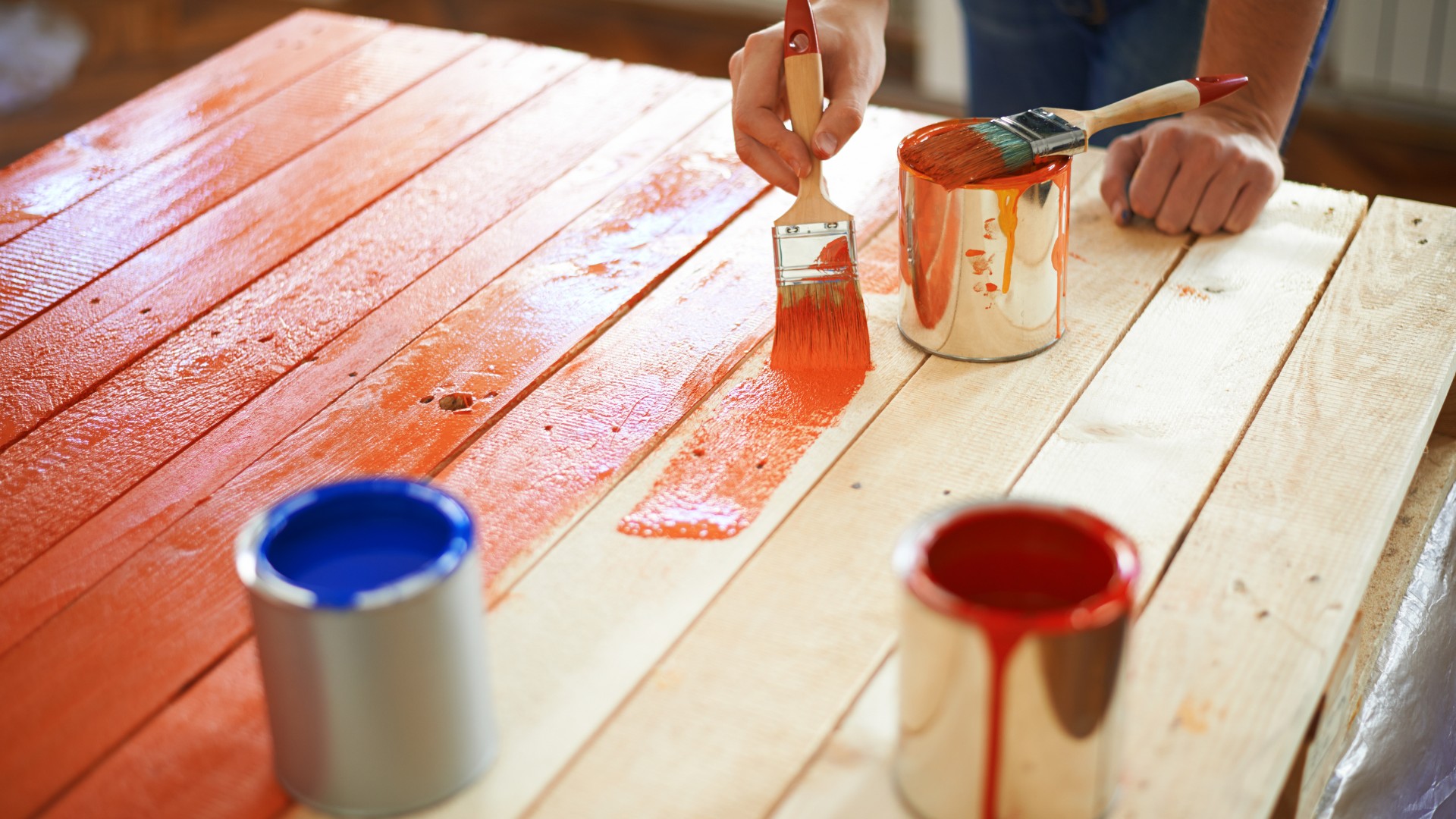

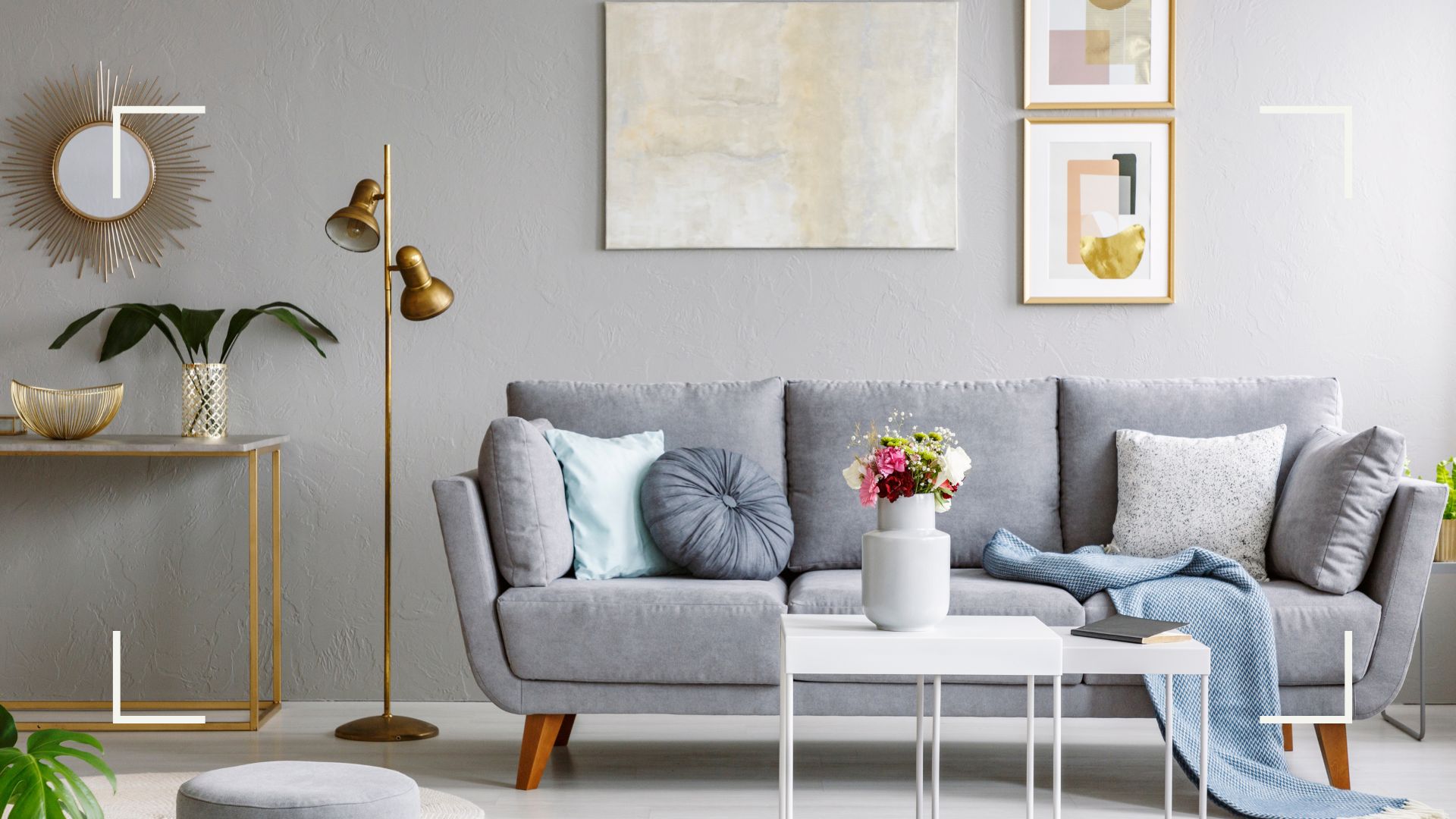

0 thoughts on “What-Not Furniture”